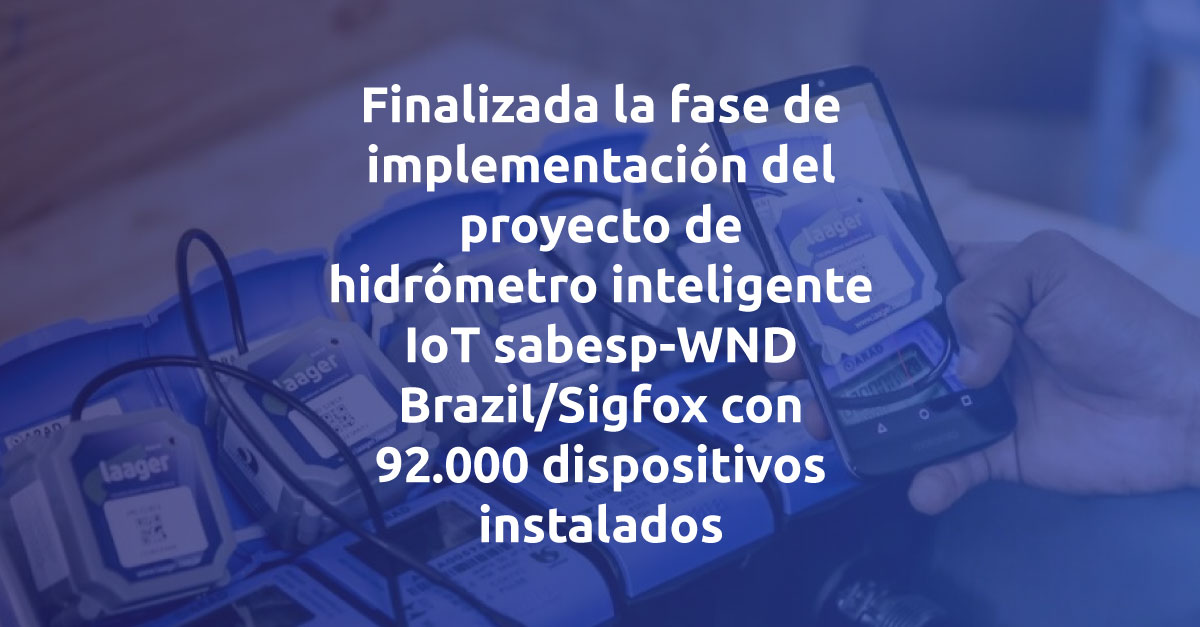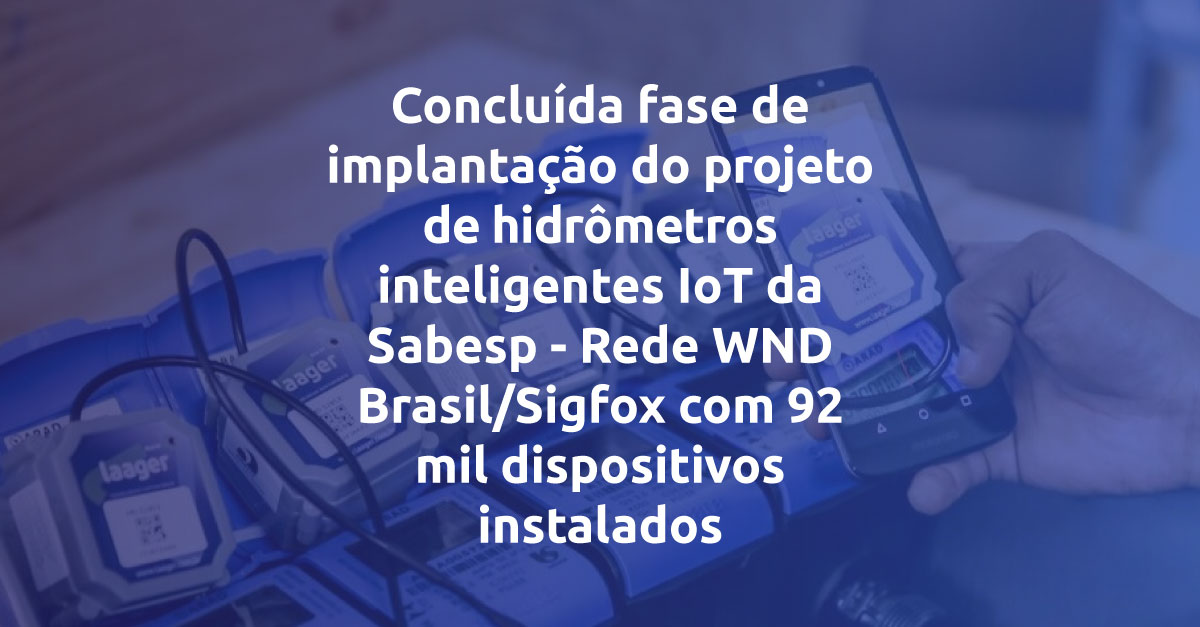Source: disk91.com
“LPWAN stands for Low Power Wide Area Networks. These technologies are the heart of the innovative IoT technologies. They are allowing sensors / devices to work and communicate for years with really small power requirements. They are enabling long range communication, allowing low costs networks. The first coming on the market was Sigfox with a commercial offer in 2013. After that, a first country-wide LoRaWan public network was deployed in 2016. 3GPP technologies, LTE-M and NB-IoT are completing the panel of solutions with large deployments starting in years 2017-2018.
All along the technology emergence journey, the most frequent question was to find the one going to eat the others. Regarding the market size and the involved money, the communication strategy for the telecoms industry was to consider it and make it a red ocean. The consequences on adoption were not without delaying the customer projects and the IoT market growth.
Blue Ocean strategy is coming from a book written by W. Chan Kim and Renée Mauborgne. Basically it’s about the way you build your business. In red ocean (fishes are fighting each others and blood makes the color) you design your product for targeting the exact same use-cases and clients than competition. You have a frontal competition. In a blue ocean (peaceful) you design your product’s strength based on competition weakness. You create a complementary product on the market. You make different customers satisfied.
Six years from now the first networks was opened. Now that all the technological solutions are proven, I can clearly confirm a blue ocean for all these LPWAN technologies. Actors should switch to blue ocean strategy to accelerate #IoT business and accelerate profit acquisition.
device market segmentation
LPWAN market is segmenting in different type of devices offering different level of experience based on the wealth of services. This is not necessarily related to the business value. We have two major classes of devices:
- High-end devices
- Low-end devices

high-end devices
High-end devices provide advanced services and sensors. Consumers are accepting to pay a high service price for accessing this service level. You can expect from a high-end device, services like picture, video, sound, real-time, high frequency data. You also want advanced management services like network firmware update.
More over, high-end devices are expecting an intensive use of the communication and an on-demand access to the network. They do not accept compromise. For instance, they are expecting an immediate medium access. They rely on dedicated frequencies.
For this category of devices, autonomy is not necessarily a key point: the telecoms power consumption ratio remains low compared to sensor’s one.
Most of them are connected on power, some other support energy harvesting. A large battery extra costs can fit with their business model.
In short, this product category includes numerous solutions from 2G / 3G ecosystem and Machine-to-machine. On top of this, LPWAN technologies extend them to many use-cases which required a longer autonomy.
High-ends devices are covered by 2 technologies coming from 3GPP
Lte-m
LTE-M (also named Cat-Mx or eMTC) is the technology directly coming from the 4G (LTE). It is not really Low Power and not really Long Range but it’s a significant step from 4G-LTE. Future 3GPP releases 15 and 16 are going to improve this technology as part of the 5G.
The particularity of the LTE-M technology is to be based on IP. It means a device can be directly addressed on Internet. All other technologies are integrating a network kernel. Network kernel are creating a complexity or a lock on the backend side + roaming complications.
LTE-M is the short path solution to refresh the 2G/3G based IoT & M2M built during the last decade. It offers a similar architecture. With a simplified hardware compare to 4G-LTE, it is enabling the 2G/3G conversion. Previous business model can be preserved.
With the largest data bandwidth (1Mb/s to 7Mb/s), LTE-M is covering unique use-cases on video. With low latencies (10-20ms) LTE-M is covering real-time data, voice transport.
Nb-iot
NB-IoT (also named LTE Cat-NBx) is a more classical LPWAN solution with lower bandwidth (62-105Kbps) and higher latency ( 1-10s ) with two benefits: a lower chip costs and a lower power consumption. By using dedicated frequencies it allows large data transfer.
The technology fits well with picture or audio capture transmission. It also fit with high frequency data capture.
Low-end devices
Low-end devices is a land of compromise. To enable most of the new massive IoT business models, you need to deal with two obstacles:
- A really low price ($5-$20 range)
- A really long autonomy (1-10 years)
This is obtained by compromise on quantity of data, frequency of reporting, diversity of data. In this area, two devices providing one information are better than one providing both.
We see numerous new use-cases in buried, lost place monitoring and whatever tracking.
Related business model will be impacted by running costs, basically any cost have to be optimized. Running costs are directly related to deployment strategy. This will be the reason of the coming segmentation.
Deployment strategy and scope, segmentation
High-End devices basically supports a business value with higher running costs. The non-compromise approach is associated with the high level of services telecoms operator are providing. Associated technologies, coming from 3GPP and telecoms operators, fit with this purpose.
Low-End technologies are segmented around the deployment strategy. This is not related to the technology itself. We had a doubt about this point at LoRaWan start. For years after the first public deployments this situation is now stabilized. And what we see on the market is the following segmentation:

Today, there is no unique solution to operate an IoT world-wide and the only solution is to use a mix of technologies. On smaller scope we have different solutions, sometime in competition, in the 1-2 countries where we have country-wide network for Sigfox and LoRaWan technologies.
In most of the countries, there is no real public network competition. Even when deployed by a network operator, LoRaWan is an opportunistic local deployment to cover different local use-cases.
LoRaWan market segment
The LoRaWan strength is on private network deployment. This private deployment can be operated by a public operator or the end-user itself. It basically cover numerous static devices located in a common area. It particularly fit with industrial IoT, smart city IoT, massive agricultural IoT…
World wide network like TheThingsNetwork may never have the capability to be nation-wide (then world-wide) network until they rise large amount of money, if they. Nation-wide networks announced have not been released despite some exception. Roaming is a joke.
The number of dedicated deployment at site or city level is high and growing fast. They come from public operator, service providers, private companies, citizens (TheThingsNetwork). They are fully relevant.
LoRaWan fits with massive, local deployments. I’ve put a limit at 2000 devices for getting interested in managing a private LoRaWan network. This number can be challenged, it’s a personal quick & dirty estimate. It comes from my previous post on LoRaWan critical mass for private network deployment.
Sigfox market segment
Sigfox technology is at first a “world-wide” network for IoT. It has the largest coverage. As a device provider, Sigfox maximize the deployment potential particularly when your device will not be deployed densely.
As soon as the devices are moving (even if Sigfox is not good in movement), the use of nation-wide / world-wide network is needed. This is why most of the supply-chain programs done by PSA, Airbus, Michelin, DHL… have been based on Sigfox network.
In addition, as soon as the devices are spread all over countries, with low density, the use of a nation-wide / world-wide public network is needed. This is why most of smart-home, security, device health monitoring… solutions like Securitas direct, have been based on Sigfox network. Free (Internet Provider) has also made a choice of Sigfox as a backup network for its smart-home setup box.
Sigfox strength for IoT based service deployment is efficiency : no infrastructure to deploy locally wherever you need. Immediate opening of international market. Until your device density makes you more competitive by using LoRaWan.
Conclusion
Anyone will find one use-case not exactly fitting with my segmentation. However, regarding my experience on IoT market and technologies, taking into consideration the proven business model until now, I’m quite confident one the main directions.
I’m also sure business size on each of the segment is large enough to feed all the different eco-systems. Some segments are more mature, some less. The less mature are also the more innovative and the one with the largest potential in my point of view.
I’m convinced, LPWAn technologies are not really in competition. I’m convinced they are progressing in a blue ocean where any of them can develop a large, profitable and specific business.”



